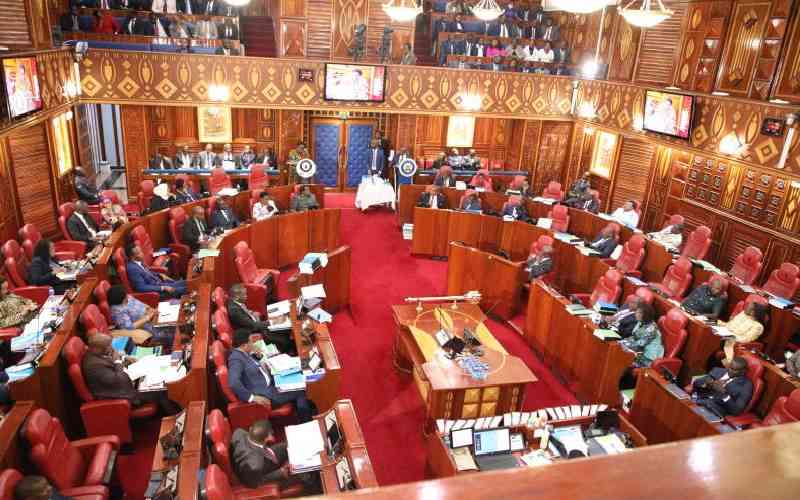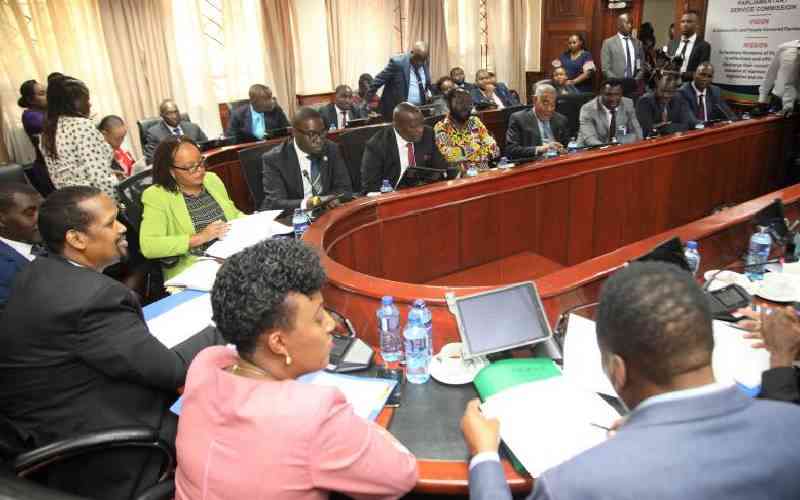John Duffy is a joint managing director at Kompas Africa International Architects and Urban Designers. Here, he speaks about the challenges, prospects and potential of urban planning in Kenya.
What do think are the major challenges facing urban development in Kenya?
One major challenge facing urban development is lack of affordable housing. As populations in towns and cities grow there is need for more houses to accommodate the people.
Unfortunately, the rise in town populations has not been matched with an increase in housing facilities, such that demand outstrips supply.
In the same vein, the demand for housing has seen the proliferation of slum settlements, which continue to pose a headache for town planners. Other challenges include availability of social amenities, worn-down infrastructure as well as liquid and solid waste management.
Eyesores such as the Dandora dumpsite and the recent floods in Nairobi are just but examples of these challenges.
You are a widely traveled architect and urban planner. What do think are the common challenges facing towns and cities in other parts of the world?
The common challenges in most towns and cities in the world are more or less the same as those I have already mentioned.
Others include problems caused by the rapid increase in population due to the influx of people from rural areas. All in all, these challenges are indicators of poor planning.
How can these challenges be addressed?
On issues such as lack of affordable housing, governments need to come up with watertight masterplans that will bring on board both public and private investors who are willing to put up the requisite infrastructure.
There is also an urgent need to adopt new technologies such as waste recycling where waste can be turned from an eyesore into a valuable resource such as biogas.
Kenya adopted a new constitution in 2010, which among other things, ushered in the concept of devolution. What do you think will be the impact of decentralisation on town planning?
Devolution is a good concept which seeks to decentralise government functions to the counties.
In the long run, devolution can put a check on the problem of rural–urban migration, which is caused largely by people moving to towns and cities to look for jobs and other services.
Stay informed. Subscribe to our newsletter
However, this will only become a reality once county governments set up the necessary facilities and services that people usually go to look for in towns. Clearly, this will take a long time to accomplish.
What should be done to address the issue of buildings collapsing?
The law needs to deal with contractors and architects who do shoddy work and risk the lives of the people. At the same time, there is need to deal with the problem of corruption.
Associations such as the Architectural Association of Kenya ,the National Construction Authority and the National Environment Management Authority should flex their muscle and reign in rogue contractors and architects.
What do you see as the potential of urban development in Kenya?
One of the key factors of urban development is availability of land. Apart from Nairobi where the demand for land is so high leading to skyrocketing plot prices, other parts of Kenya have large tracts of land that can be used to develop new towns and cities.
Kenya is also blessed with a scenic landscape, which can provide a source of leisure for town dwellers and visitors alike.
What key sectors do you think will play a key role in the development of urban centres?
The key sectors are mainly those that are industry-based. As industries grow, so do towns, since most industries come with their own development blueprints.
Agro-based industries have a huge potential in the country, as Kenya is largely an agriculture economy. Kenya also has huge tourism potential that when fully realised, will go a long way in developing towns and cities.
Towns like Mombasa, Malindi and several others owe most of their development to tourism and tourism–related enterprises.
 The Standard Group Plc is a
multi-media organization with investments in media platforms spanning newspaper
print operations, television, radio broadcasting, digital and online services. The
Standard Group is recognized as a leading multi-media house in Kenya with a key
influence in matters of national and international interest.
The Standard Group Plc is a
multi-media organization with investments in media platforms spanning newspaper
print operations, television, radio broadcasting, digital and online services. The
Standard Group is recognized as a leading multi-media house in Kenya with a key
influence in matters of national and international interest.
 The Standard Group Plc is a
multi-media organization with investments in media platforms spanning newspaper
print operations, television, radio broadcasting, digital and online services. The
Standard Group is recognized as a leading multi-media house in Kenya with a key
influence in matters of national and international interest.
The Standard Group Plc is a
multi-media organization with investments in media platforms spanning newspaper
print operations, television, radio broadcasting, digital and online services. The
Standard Group is recognized as a leading multi-media house in Kenya with a key
influence in matters of national and international interest.








